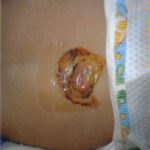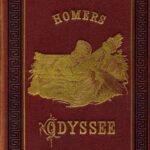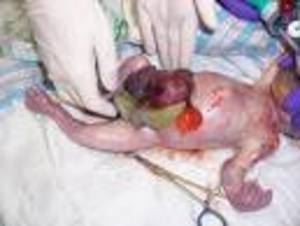I have a nephew who often has nosebleed in winter. When his parents had him checked by a physician, they were told their son’s condition is really not that serious. The physician referred to it as anterior, a type of nosebleed that is harmless. He went on to say that in this type of nosebleed, blood vessels in the front portion of the nose rupture, probably due to a blow to the nose, or, as in my nephew’s case, because of his too vigorous blowing of his nose.
The type of nosebleed – also called epistaxis – my nephew has often occurs in winter, when dry air causes the nasal membranes to crack, crust over and bleed. To avoid nosebleed in winter, doctors recommend the application of petroleum jelly around and just inside the nostrils; when indoors, they suggest using a humidifier.
One way of treating a simple nosebleed in winter is by pinching the nostrils together for about five minutes. Once the bleeding stops, avoid blowing your nose for several hours and be careful not to remove crusts from your nose.
There is a less common but more serious type of epistaxis, which is called a posterior nosebleed. In this type of epistaxis, blood flows from the back of the nose and down the throat. As in nosebleed in winter, this type of epistaxis may be harmless and cease spontaneously; but if it persists, the affected person may lose a lot of blood. Such a case may indicate the presence of a more serious condition, such as jaundice, measles, rheumatic fever, or high blood pressure; it may also be a sign of alcoholism.
In a young, healthy individual, epistaxis is not usually a serious problem. In an elderly or debilitated person, however, the condition may even be a threat to life. In the usual case – as in nosebleed in winter – treated properly, the bleeding stops within a few minutes.
The person with the anterior type of epistaxis should be made to sit up with his head held forward. A basin should be held below his mouth and nose to catch the blood. Pinch his nose firmly between thumb and finger so that the blood cannot escape from his nostrils, while he breathes through the mouth. If the bleeding continues, the blood flows backward from the nose into the mouth and from the open mouth into the basin. This position should be maintained for about five minutes, and, in most cases, the bleeding will stop.
In cases of persistent or recurring epistaxis, as in the posterior type of nosebleed, consult a physician or take the patient to a hospital immediately. Such a condition requires careful diagnosis, complicated packing of the nostril of the bleeding side (with a slender ribbon of gauze or soft cloth, preferably moistened with hydrogen peroxide), or even cauterization of blood vessels.
Sources:
1. “Nosebleed,” on MedlinePlus Medical Encyclopedia – http://www.nlm.nih.gov/medlineplus/ency/article/003106.htm
2. “NOSEBLEED or EPISTAXIS,” on OM PHARMA (online) – http://www.ompharma.com/nosebleed-epistaxis.html
3. “What to Do When Your Child Has a Nosebleed,” by Rick Alan, on Health Library (online) – http://healthlibrary.epnet.com/GetContent.aspx?token=c5987b1e…




